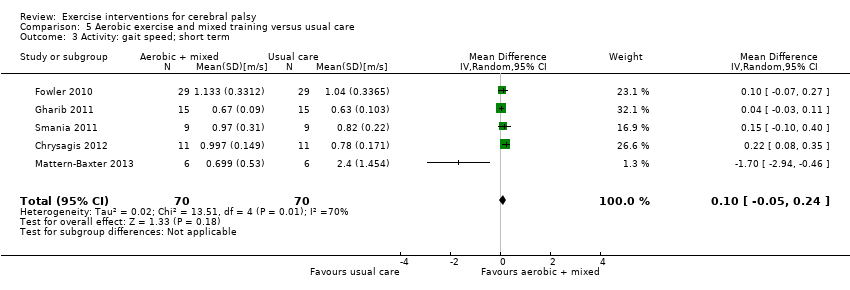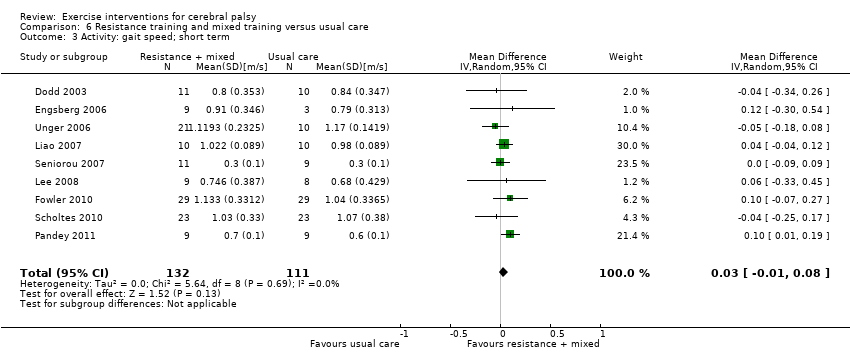Related content
Related reviews and protocols
Hsiu-Ching Chiu, Louise Ada, Theofani A Bania | 18 November 2020
Lindsay Pennington, Juliet Goldbart, Julie Marshall | 19 April 2004
Lindsay Pennington, Wanwuri A Akor, Kate Laws, Juliet Goldbart | 24 July 2018
Sharon F Blake, Stuart Logan, Ginny Humphreys, Justin Matthews, Morwenna Rogers, Joanna Thompson‐Coon, Katrina Wyatt, Christopher Morris | 2 November 2015
Marta Valentín‐Gudiol, Katrin Mattern‐Baxter, Montserrat Girabent‐Farrés, Caritat Bagur‐Calafat, Mijna Hadders‐Algra, Rosa Maria Angulo‐Barroso | 29 July 2017
Tim Hurley, Zunera Zareen, Philip Stewart, Ciara McDonnell, Denise McDonald, Eleanor Molloy | 5 July 2021
Brian Reichow, Amanda M Steiner, Fred Volkmar | 11 July 2012
Morris Zwi, Hannah Jones, Camilla Thorgaard, Ann York, Jane A Dennis | 7 December 2011
Barbara Nussbaumer-Streit, Verena Mayr, Andreea Iulia Dobrescu, Gernot Wagner, Andrea Chapman, Lisa M Pfadenhauer, Szimonetta Lohner, Stefan K Lhachimi, Laura K Busert, Gerald Gartlehner | 6 October 2020
Brian J Hoare, Margaret A Wallena, Megan N Thorley, Michelle L Jackman, Leeanne M Carey, Christine Imms | 1 April 2019
























































